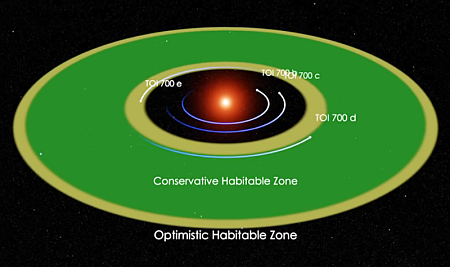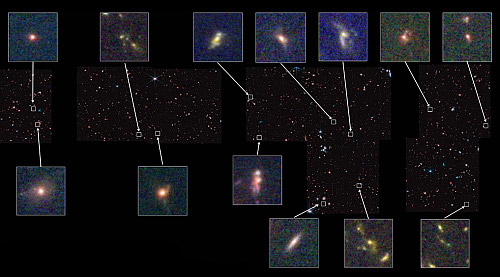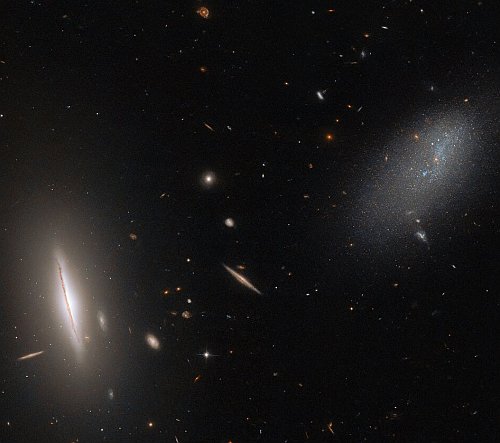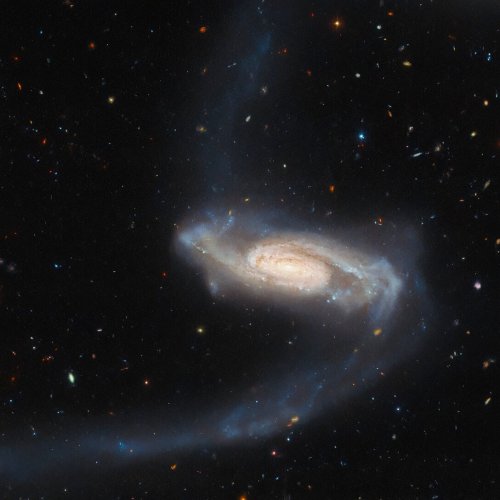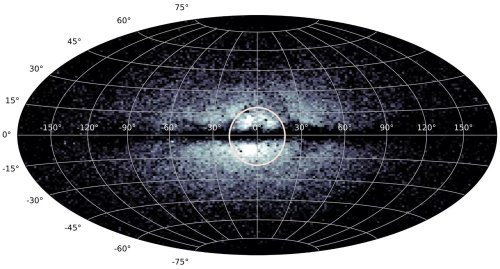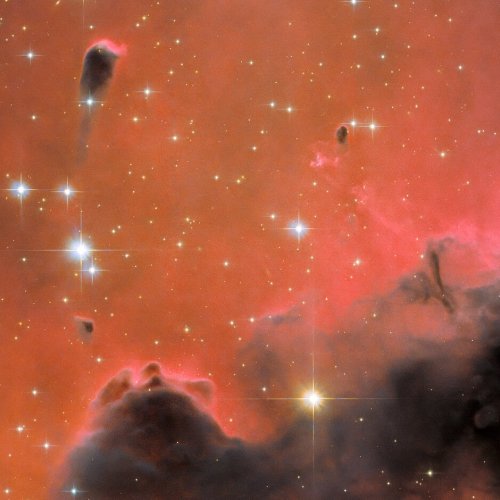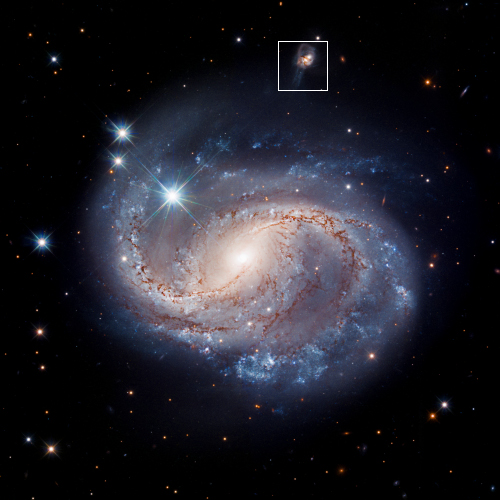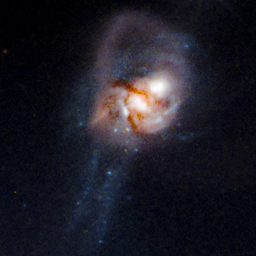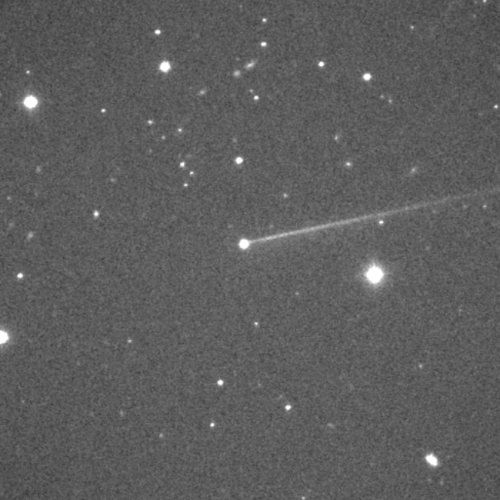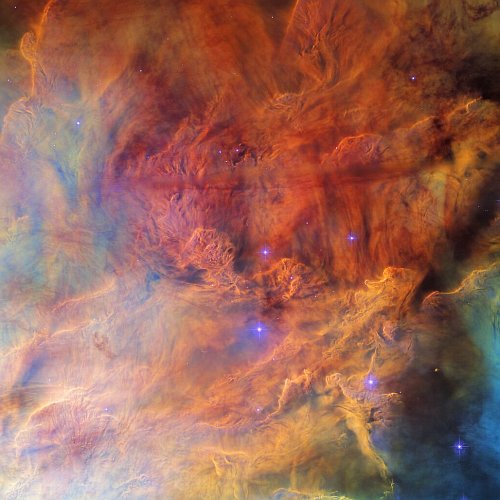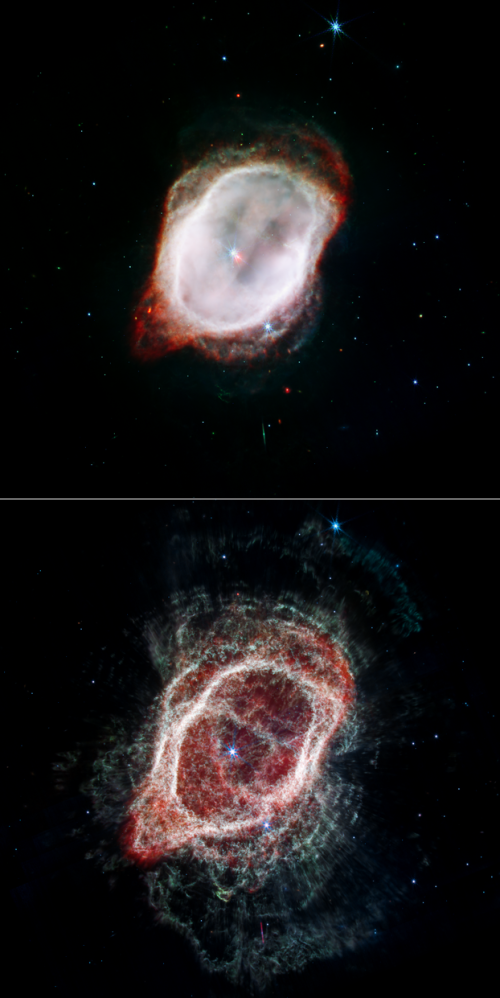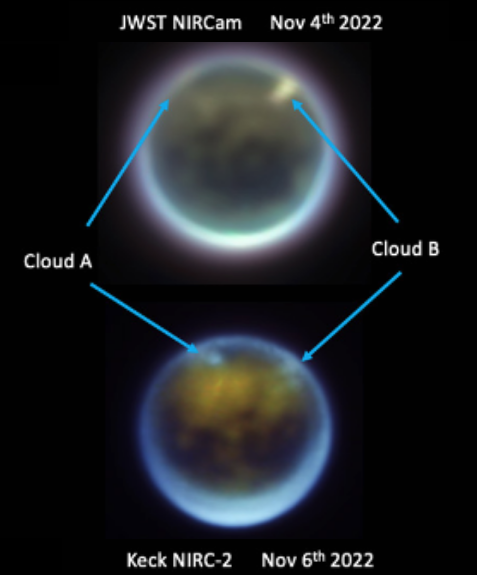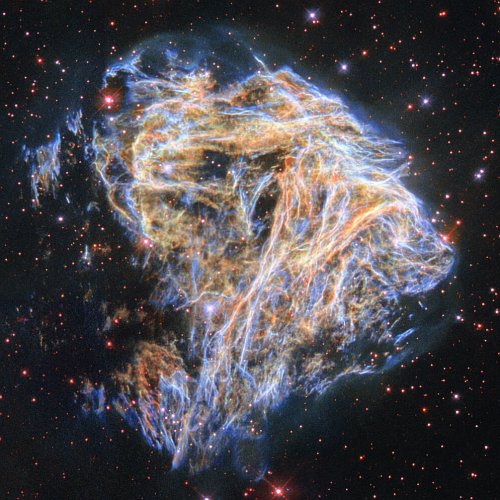Communications issue shuts down one of Webb’s instruments
The near infrared instrument on the Webb Space Telescope, NIRISS, has been unavailable for science observations for more than a week due to a communications issue.
On Sunday, Jan. 15, the James Webb Space Telescope’s Near Infrared Imager and Slitless Spectrograph (NIRISS) experienced a communications delay within the instrument, causing its flight software to time out. The instrument is currently unavailable for science observations while NASA and the Canadian Space Agency (CSA) work together to determine and correct the root cause of the delay.
According to the update, the instrument’s hardware, as well as the rest of the telescope, has been unaffected and remains in good condition.
In November the telescope’s mid-infrared instrument MIRI experienced its own problems with one of its “grating wheels” that allows it to some spectroscopy. Since then the instrument has been in use, but it is unclear if the issue was resolved or observations have had to be adjusted to avoid the problem.
The near infrared instrument on the Webb Space Telescope, NIRISS, has been unavailable for science observations for more than a week due to a communications issue.
On Sunday, Jan. 15, the James Webb Space Telescope’s Near Infrared Imager and Slitless Spectrograph (NIRISS) experienced a communications delay within the instrument, causing its flight software to time out. The instrument is currently unavailable for science observations while NASA and the Canadian Space Agency (CSA) work together to determine and correct the root cause of the delay.
According to the update, the instrument’s hardware, as well as the rest of the telescope, has been unaffected and remains in good condition.
In November the telescope’s mid-infrared instrument MIRI experienced its own problems with one of its “grating wheels” that allows it to some spectroscopy. Since then the instrument has been in use, but it is unclear if the issue was resolved or observations have had to be adjusted to avoid the problem.

